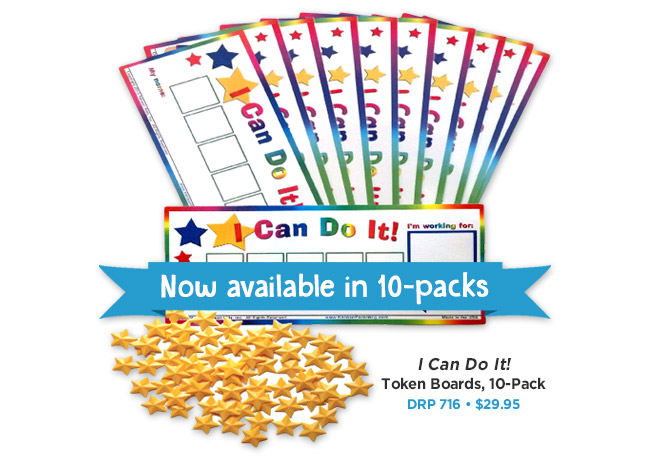What do you do when your doctor recommends medication? In this month’s ASAT feature, Megan Atthowe, RN, MSN, BCBA, offers insight on a variety of approaches parents can take when medication is recommended for children exhibiting aggressive behaviors. To learn more about ASAT, please visit their website at www.asatonline.org. You can also sign up for ASAT’s free newsletter, Science in Autism Treatment, and like them on Facebook!
My son with autism has developed aggressive behavior, and his doctor is considering whether medication could help. What can I do to prepare for this conversation?
Answered by Megan Atthowe, RN, MSN, BCBA
First, you should know that there is no medication that specifically treats autism. Medications approved by the United States Food and Drug Administration (FDA) for other conditions can be useful only to lessen symptoms. That said, off-label use of pharmaceuticals is by no means unique to autism and is common practice for many health conditions. So while research on the use of particular psychotropic medications in the autistic population is growing, our body of knowledge is still limited. In addition, medications can and do affect every individual differently, and children can respond differently as they develop, so it is likely to take time to find the best medication at the appropriate dose. Medication management, in other words, is a complex and an ongoing process and one that is highly individualized. It is a good idea, then, to be prepared with the right information before every visit to your health care provider.
Do you know how often the aggression actually occurs? Bringing data like this to the visit can be very helpful. You may want to ask your son’s teachers to share any information they have about the aggression with your health care provider, too. (They would need your consent to talk with him/her or to share any confidential information such as behavior data.) If you have not been keeping track of the aggression, now is a good time to start, even if there are only a few days until your visit. An easy way to do this is to use a calendar. Record specifics about when the aggression happens, what the behavior is like, how long it lasts, and whether you have noticed any recent changes. It is difficult for anyone to recall these details accurately, especially if the behaviors happen frequently, so writing them down will help you to share the most meaningful information you can with your health care provider. If your son’s school team is not already collecting data, perhaps they should start as well.
In addition to information about the current levels of the behavior, be prepared to describe how the school and your family are addressing the behavior and how long that plan has been in place. Has your son’s team considered or tried Applied Behavior Analysis (ABA) to treat the behavior? Research supports ABA as an effective intervention for decreasing problem behaviors such as aggression as well as for teaching children with autism new skills. It is important to be sure that a qualified behavior analyst is supervising any ABA interventions, as they must be implemented correctly to be effective. Your health care provider may be able to refer you to a local ABA provider, or you can find a list of board certified behavior analysts at the Behavior Analysis Certification Board’s website.
Before your visit, prepare a list of the names and doses of any medications your son takes, as well as any over-the-counter medications, vitamins, or other supplements. If your son receives other therapies, share what they are with your health care provider. He or she will want to ensure that any new medication is safe to take and will not interact with other medications.
If you and your health care provider decide to start your son on a medication, decide what the goal is. How will you know when the medication has been effective? How will you know if it is ineffective? Be specific and write the goal down. Schedule a date when you will check in with your health care provider on your son’s progress. He or she may have specific suggestions about what type of data to keep.
Finally, there are some important questions that you should have the answers to before you leave. Make sure that you ask any questions you have—a responsible health care provider will want to know that you understand how to use the new medication correctly. If you think of questions later, do not hesitate to call and ask your physician, nurse, or pharmacist.
Key Questions:
- What is the name of the medication?
- What is the medication used for?
- When and how should I give it to my son, and how much do I give?
- Should I give this medication with food?
- What effects should I expect to see?
- What are common side effects?
- How long will it be until I notice the desired effects and side effects
- What side effects are serious, and what should I do if I notice them?
- Will side effects lessen over time?
- Is there anything I should avoid giving my son while he is on this medication?
- If I decide that I would like to stop giving him the medication, what should I do?
- What should I do if I miss a dose?
Please note that there is information about research related to medications elsewhere on the ASAT website.
ABOUT THE AUTHOR
Megan Atthowe, MSN, RN, BCBA, LBA, is a registered nurse and behavior analyst who has worked with people with autism and other special needs in educational, home, and healthcare settings for over 15 years. Currently she consults to educational teams who serve students with autism in public schools.





 For kids who love dinosaurs, the
For kids who love dinosaurs, the 
 Younger learners will have an enjoyable time with the
Younger learners will have an enjoyable time with the 